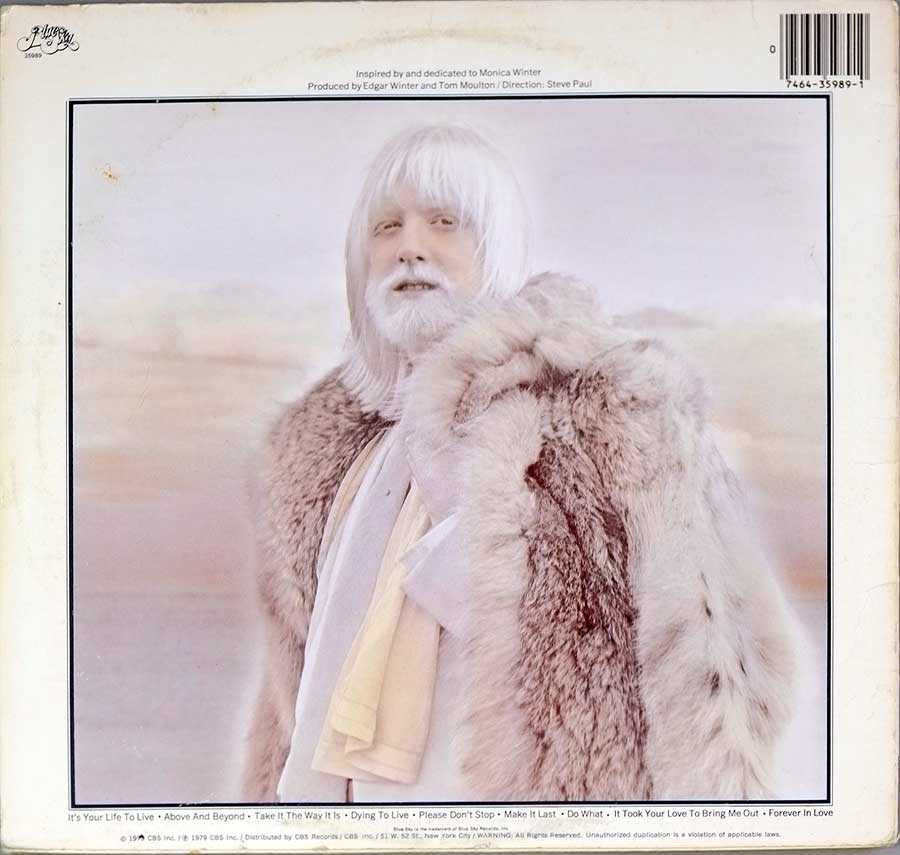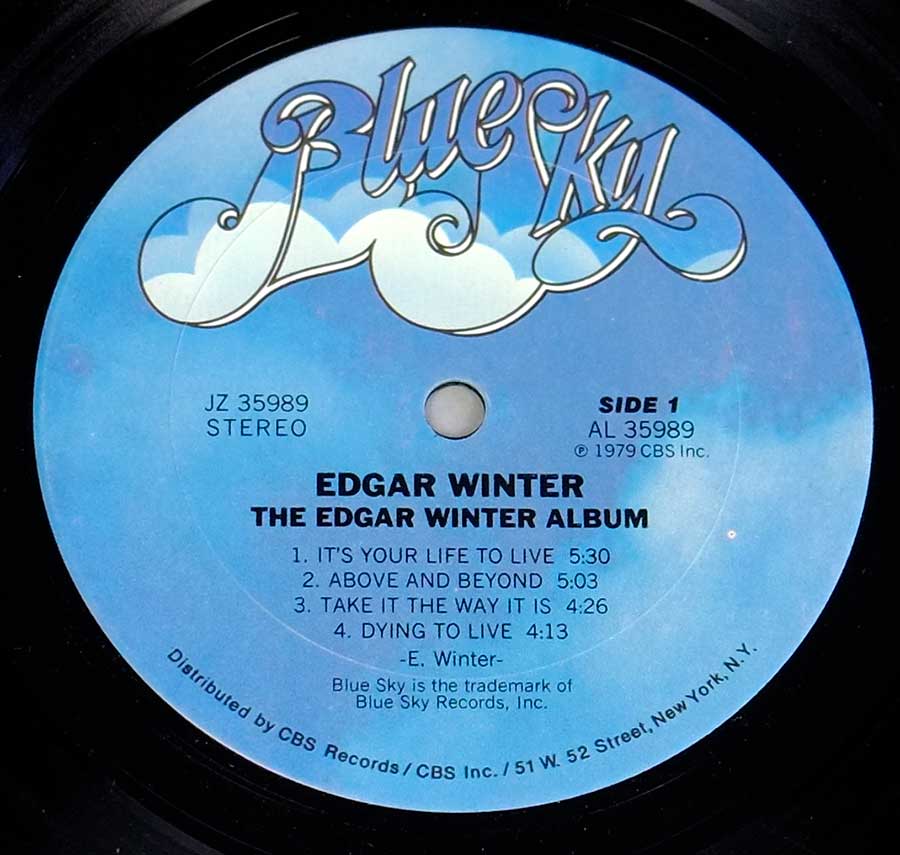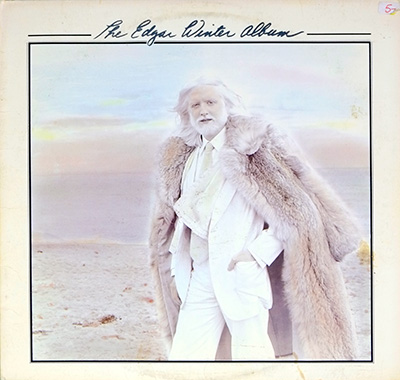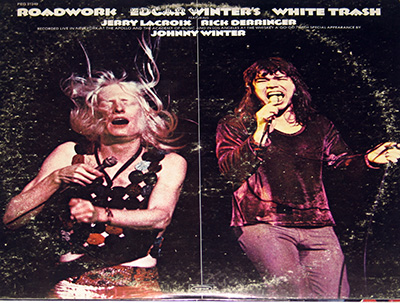"The Edgar Winter Album" Album Description:
The Edgar Winter Album, released in 1979, is a highly regarded musical masterpiece by the talented American musician Edgar Winter. Produced by Edgar Winter himself and Tom Moulton, with guidance from Steve Paul, this album showcases Winter's exceptional skills as a vocalist, keyboardist, and saxophonist. With a lineup of skilled musicians and performers, including Keith Benson on drums, James Williams on bass, Craig Snyder on guitar, and Larry Washington on congas, the album offers a diverse and captivating musical experience.
One notable feature of the Edgar Winter Album is its original custom inner sleeve, adorned with unique artwork and captivating photos. This attention to detail adds an extra layer of depth and visual appeal to the overall listening experience, making it a truly immersive journey for fans and collectors alike.
Edgar Winter, known for his versatility and proficiency across multiple instruments, brings his unique musical vision to life in this album. His soulful vocals, masterful keyboard playing, and expressive saxophone solos contribute to the album's distinct sound. Winter's ability to seamlessly blend various musical styles, including rock, jazz, and blues, further demonstrates his prowess as a musician and showcases his wide-ranging influences.
Supporting Winter's musical genius are the talented band members who contribute their individual skills to create a cohesive and dynamic sound. Keith Benson's drumming provides a solid foundation for the album's rhythmic sections, while James Williams's bass playing adds depth and groove. Craig Snyder's guitar work brings a melodic edge to the compositions, complementing Winter's vocals and instrumental performances. Additionally, Larry Washington's congas inject a rhythmic and percussive energy into the album, enhancing the overall sonic experience.
The Edgar Winter Album offers a diverse range of tracks that highlight Winter's exceptional songwriting abilities. From the energetic and catchy hooks of rock-oriented tracks like "Above and Beyond" and "It's Your Life to Live" to the more introspective and blues-infused sound of songs like "Take It Easy" and "Dying to Live", the album showcases Winter's ability to convey a wide range of emotions through his music.









